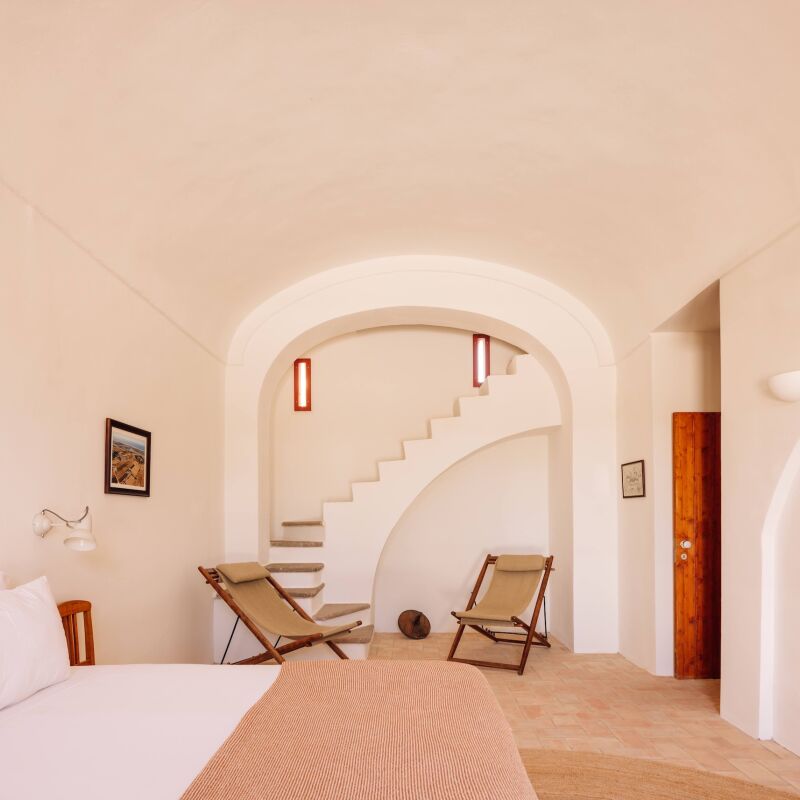On a recent trip to the Singita Ebony Lodge, I found myself cataloging the experience from a design perspective. While many of the design elements of the lodge are reflective of a reimagined British colonial safari style, some feel a bit more natural. Namely the 300-pound Kudu antelope standing in your path as you approach the door to your room.
The guides and staff members at the South African lodge, situated in the Sabi Sand Reserve of Kruger National Park, are helpful when it comes to preparing guests for such sightings. But although I was successful in following their instructions to act calm and not pet my new Kudu friend, I can’t say I managed to adopt that same relaxed, neutral behavior when I first encountered my guest suite.
In my defense, each room has an open-plan bedroom/bathroom with a full glass façade overlooking the bush in a way that makes even washing your hands feel immersive—and I am pretty sure an antique dark wood armoire won’t charge a human when startled by a gleeful shriek.
Photography courtesy of Singita.

The Singita hotels were founded in 1993 with the construction of the Ebony Lodge, and today the group has 11 locations, each with a mission to conserve and protect the surrounding environment and its inhabitants. The properties are built in a way that encourages the free-roaming of animals throughout—including regular visits from the vervet monkeys during mealtimes, who apparently love pain au chocolat as much as I do, and occasional leopard sightings—and the day-to-day hotel operations have an emphasis on environmental preservation, from all-recyclable paper trash bags to a lack of disposable water bottles or dishware.
The Ebony Lodge has undergone a small handful of redesigns since it was originally built, including the most recent project two years ago. Cécile & Boyd, a South Africa–based firm, is behind the interiors, and describes the latest refresh as a return to a neutral palette. “We added earthy colors, hand-loomed fabrics, and incorporated very natural-feeling textures,” says Geordi De Sousa Costa of Cécile & Boyd.

“We were inspired by modern camping style. In order to achieve this new take on the classic, we took a few concepts and ran with them,” says De Sousa Costa. One is upscaling pattern, she says, incorporating Berber carpeting with painted geometric wall patterns. “Another concept we had fun with: combining light with heavy. We have that contrast playing throughout the furniture,” she says. “And then of course, taking traditional British antiques and adding a bit of an industrial element, with steel trestle tables and raw stone tops.”

Guest rooms and common areas at Ebony Lodge play on the relationship between indoor-outdoor spaces in a way that makes almost any vantage point feel integrated into the surrounding terrain. “The previous architecture was oppressive—heavy stone walls and thatched roofing. The spaces inside were quite dark as a result. We wanted to open up the experience from a light and visual point of view,” says De Sousa Costa.

“It was interesting to combine heavy architecture with lighter, more contemporary African architecture. We decided to demolish a lot of the more oppressive elements on the front parts of the rooms and public areas and replace them with light canvas and glass,” says De Sousa Costa. “Doing that not only allowed us to introduce better views but also brought a lot more light into the spaces.”

For more of our favorite directors’ chairs, see our guides to Canvas Directors Chairs and High/Low: Safari Chairs.





Have a Question or Comment About This Post?
Join the conversation (1)